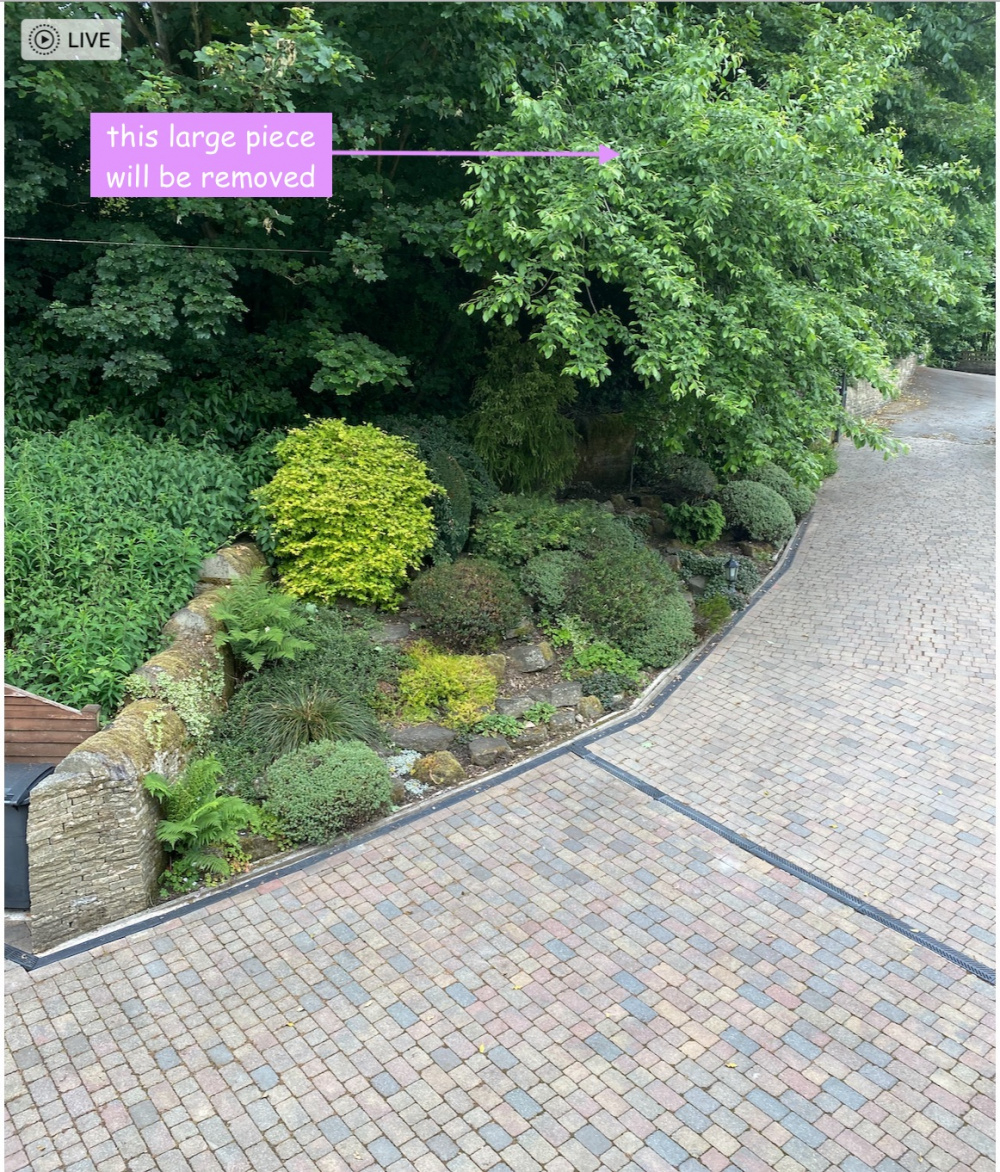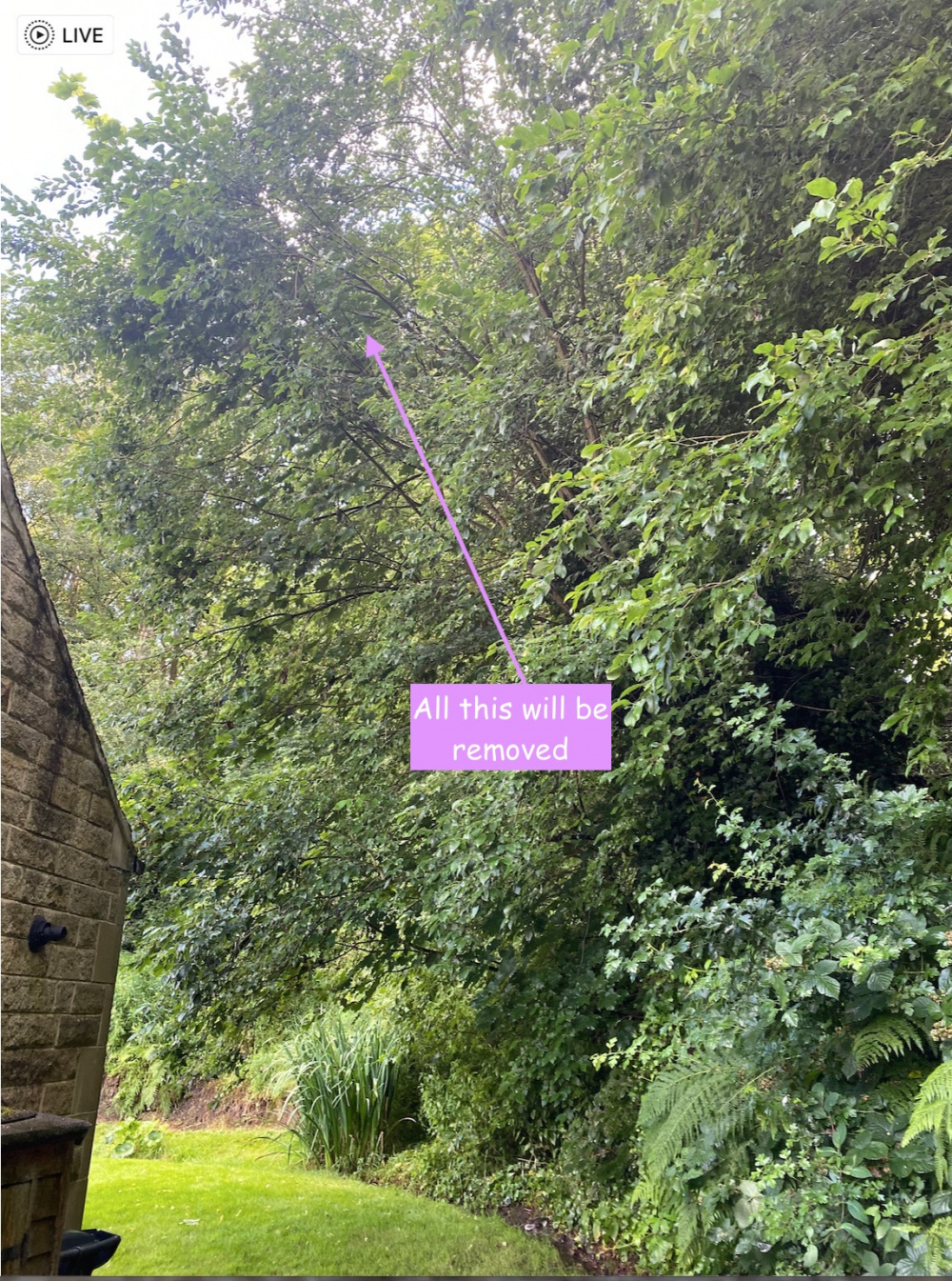This Forum will close on Wednesday 27 March, 2024. Please refer to the announcement on the Discussions page for further detail.
I'm so confused about whether tree chippings are a good thing ....
Probably the wrong category for this question but didn't know where else to put it. I've spent ages looking up mulches, specifically the use of chipped tree cuttings. I've got the tree surgeons coming on Monday morning to remove some heavy, overgrown branches and they will be bringing a shredder.
They asked me if I wanted the 'chippings' but I'm still not sure - I keep reading contradicting information - should I leave some bags out for them or not bother? I've read that wood doesn't add much and if there is too much of something it can rob the soil of a specific nutrient - nitrogen? The branches still have green leaves on them.
I've just been reading about composted bark as opposed to decorative bark and wish I had used that on my border as it offers more to the soil than just cover but it's impossible to get hold of at the moment.
I am attaching photo's of the branches that will be shredded on Monday, no idea what type of trees they are either, we have about a million .... good for the leaf mold ... I could go into business making tons of the stuff. I've already filled 3 builders sacks and it's not even October. 


this is far too near the house ....

0
Posts
Woody material is high in carbon and very low in nitrogen so when it breaks down, the nitrogen based bacteria that is formed in the decay process must get their nitrogen from elsewhere. This is 'robbed' from the adjacent soil. However, RHS research and others shows that only the fine layer of soil in contact with the wood chips is affected. This means you would not want to use the chipping around seeds or seedlings but would only have a positive mulching effect on established plants whose roots are below the surface. Ultimately any nitrogen used in the process is released back so in the long term you will enrich the soil.
So use it as a mulch on established beds but don't dig it in.
I expect the leaves in the chippings will contribute some nitrogen too.
https://www.rhs.org.uk/advice/profile?pid=979
😊
Gardening in Central Norfolk on improved gritty moraine over chalk ... free-draining.
As @Posy says - if you're concerned in any way, bag and store them or just keep them in a large heap until you can make use of them.
I don't use 'heavy ' material' around more vulnerable planting - so young perennials, and annuals, for example, would be kept clear, while shrubs, trees and older perennials would be fine.
The biggest problem with large chunks of anything is that it's a lovely home for slugs
With bark - the same logic applies - finer stuff is ok almost anywhere, big chunks makes nice slug homes. Any material that stay wet for long periods isn't great round vulnerable plants, especially in wetter areas of the country.
The depth of the layer of a woodchip mulch is also relevant.
Plants all need nitrogen, but it contributes mainly to the leafy growth rather than flowers
I live in west central Scotland - not where that photo is...
The whole " robbing nitrogen" is a myth.
I've yet to see any evidence that nitrogen is " robbed " to a level where it is detrimental to plant growth when used as a mulch.
I layer it with horse manure and grass clipping in builders' dumpy sacks and leave it for about 6 months. I don't even turn it.
I've used it direct as a mulch in the past and I've noticed no ill effects.
It seems that it's one of the thing which is incorrect, but repeated often enough that folk end up accepting it as fact.
I live in west central Scotland - not where that photo is...
I live in west central Scotland - not where that photo is...